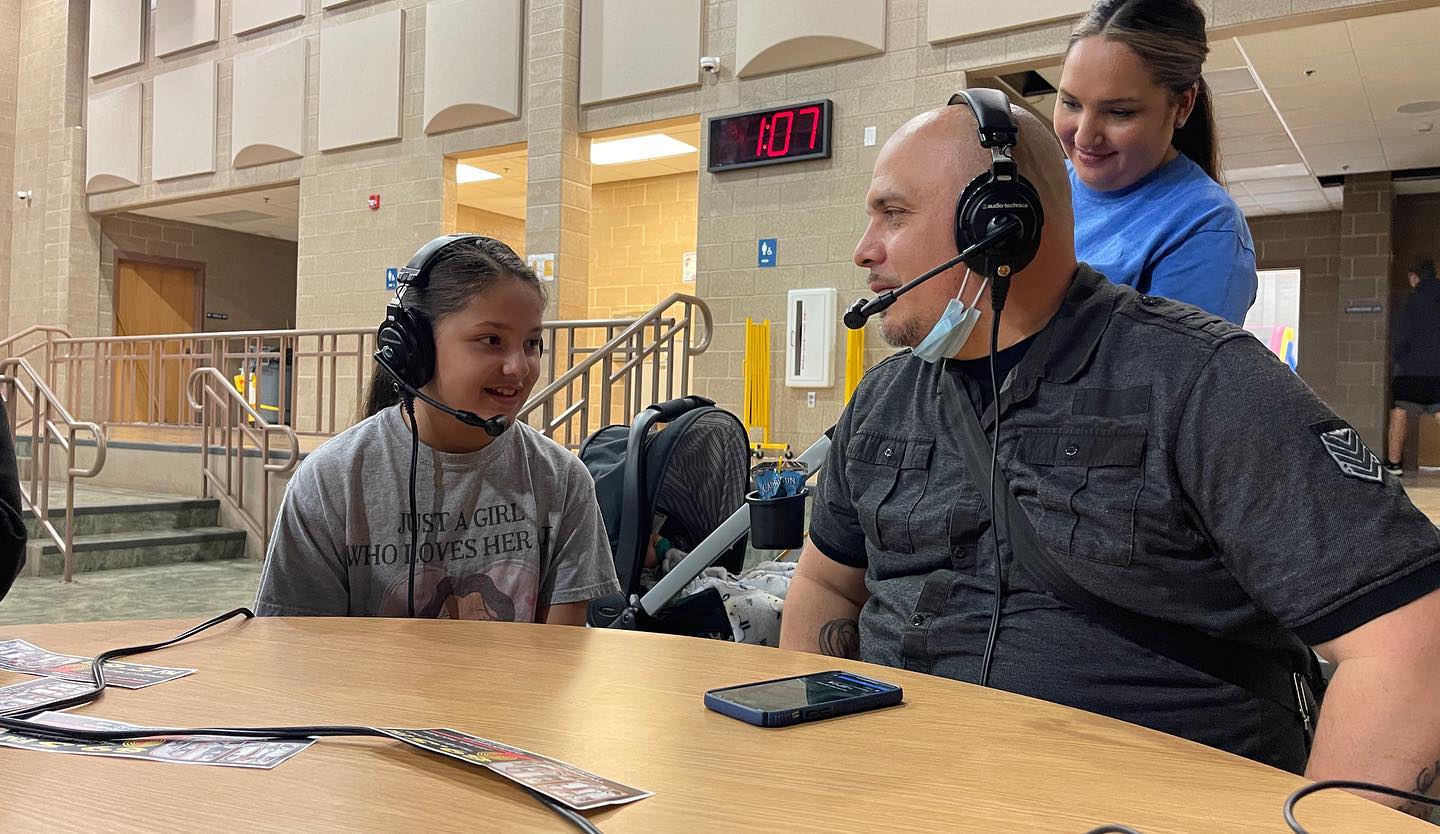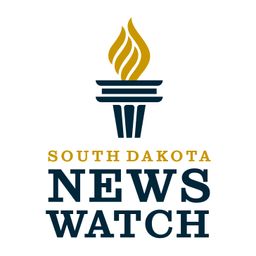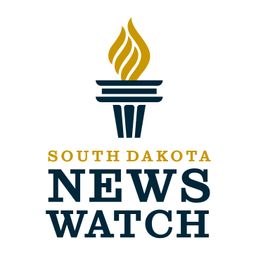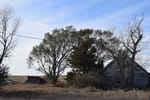The Bureau of Indian Affairs plans to provide the first of the promised grants for tribal radio stations by the end of this year or early next, a department spokesperson told News Watch late Tuesday.
"The Department of the Interior and U.S. Indian Affairs are working to accelerate the implementation of a grant program to support tribal radio stations, utilizing existing program structures and staffing to ensure timely execution," the statement said.
Congress approved and President Donald Trump signed a bill last month canceling about $1.1 billion that had been approved for public broadcasting, including South Dakota Public Broadcasting and all non-commercial tribal radio stations.
The White House said the public media system is politically biased and an unnecessary expense. Last week, the Corporation for Public Broadcasting announced that it would be winding down its operations over the next six months, with most employees leaving by Sept. 30.
South Dakota U.S. Sen. Mike Rounds voted in support of the funding cut but made a deal with the Trump administration that will help tribal public radio providers stay in operation for the coming fiscal year.
He secured $9.4 million that ensures CPB's Radio Community Service grants awarded to public tribal radio stations will be fulfilled for the 35 public tribal radio stations in 11 states. That includes the four in South Dakota that received $820,760 last year and serve five of the nine reservations:
- KILI-FM, Pine Ridge Indian Reservation
- KOYA-FM, Rosebud Indian Reservation
- KDKO-FM, Yankton Indian Reservation
- KLND-FM, Standing Rock and Cheyenne River Indian reservations
South Dakota’s tribal radio stations cover some of the state’s most remote corners and communities, where cellular phone service can be spotty and radio is often the only way to receive emergency communications and warnings.
“They really do provide a special kind of service that a lot of the rest of us just kind of take for granted,” Rounds told News Watch.
The deal promised funding for the coming financial year, but discussions have not yet been had for future appropriations, Rounds said. The rescission also cuts CPB’s funding of Native Public Media, which provides assistance like FCC compliance guides and broadcast leadership training for Indigenous-led television and radio stations.
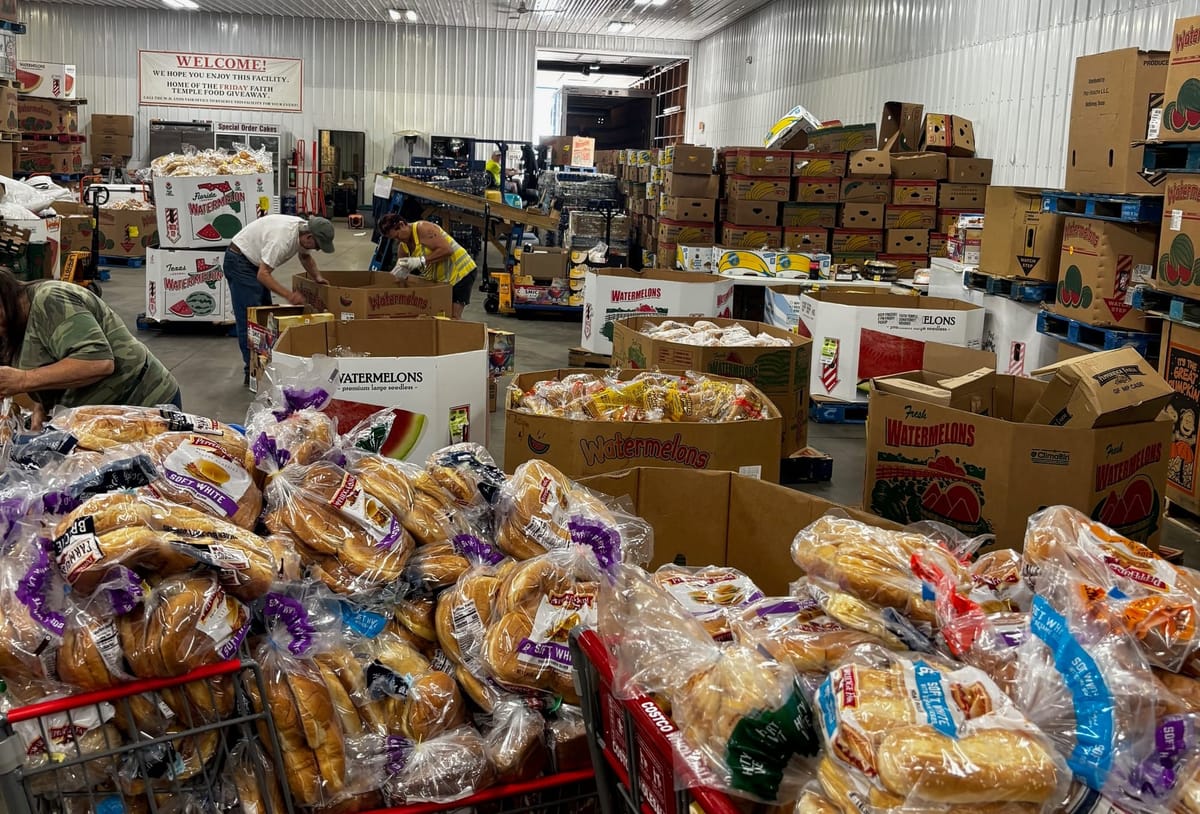
Rounds said 92% of public tribal radio stations’ funding comes from the federal government, which puts them in a particularly fragile position.
“When the rescission was announced, I had told our leadership team that I could support a lot of the rescissions, but we would have to make arrangements to take care of these folks that I thought were getting caught, and they weren't part of the problem. They were literally caught in the crossfire,” Rounds said.
Crucial services to rural communities
KILI Radio, which broadcasts from Porcupine on the Pine Ridge Indian Reservation, was the first tribal radio station in the country.
To the east, KOYA-FM, the Rosebud Sioux Tribe's public radio station, broadcasts from St. Francis. John Miller manages the station that hosts regular daily news, Lakota prayer and other educational programs like National Native News and the American Indian Living Health Show. Last year, it received $199,617 from the CPB Radio Community Service grant.
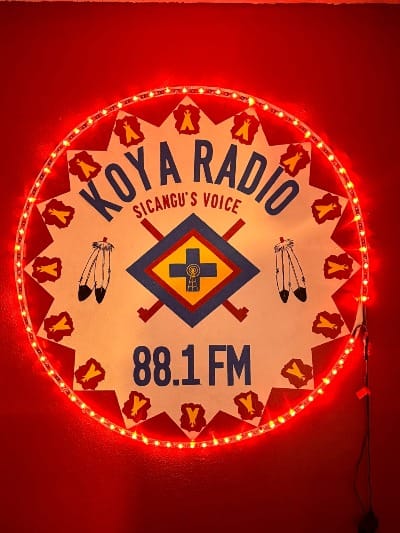
The station was also recently awarded nearly a half-million dollars in reimbursement funding under a collaborative grant between the Federal Emergency Management Agency and the CPB to install “Next Generation Warning Systems.”
That grant was intended to allow KOYA to replace and upgrade critical infrastructure like generators, antenna arrays and other station technology that ensures functionality in emergency situations, Miller told News Watch.
Rounds said that, to his knowledge, those grants were not included in the $9.4 million funding package, which means it's unlikely to come through.
Join other South Dakotans and support statewide storytelling.
Miller referenced back-to-back winter storms that hit the reservation in winter 2023 as one of the reasons the station applied for the grant. Those storms packing subzero temperatures caused several deaths due to blocked-off roads and power loss and impacted the radio station’s ability to transmit.
In emergency situations, radio plays a critical role as one of the most reliable solutions to dispersing information. During tornadoes and hail storms on the reservation earlier this summer, KOYA kept listeners updated on the storm’s movement and damage potential.
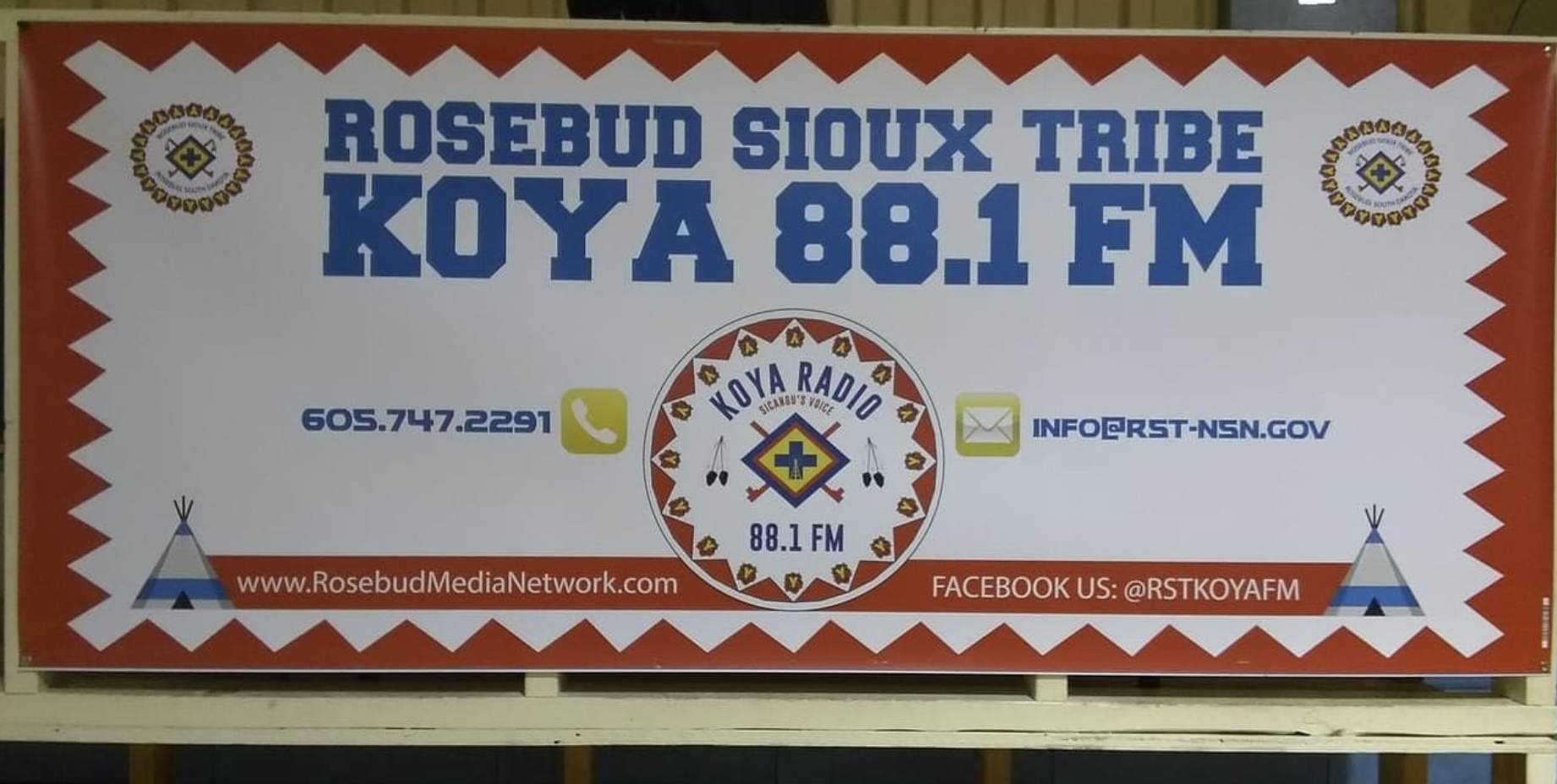
“When you have almost two or three hundred users online, you know people are paying attention to what you're doing,” Miller said. “There's a ton of weather-related apps that people can turn to. But here on the Rosebud, people turn to us. They still have those apps, but they turn to us. And they expect the best.”
Upgrades were scheduled to be finished by Sept. 30 of this year, but multiple issues with FEMA cuts and hesitance as to whether that grant money would be available caused delays. Now, Miller is unsure whether the upgrades will happen at all.
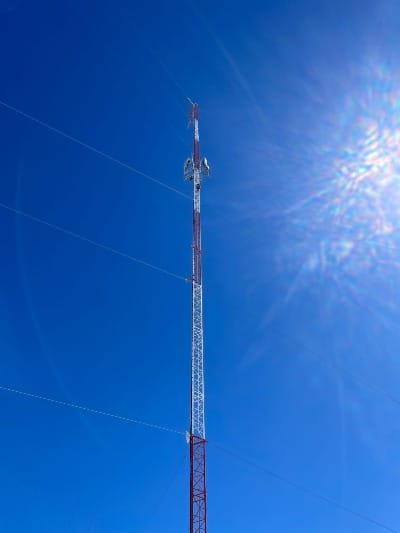
The funding that has been secured for tribal radio means that Miller is hopeful for KOYA’s continued operation. But he’s hesitant to start celebrating just yet.
“I will believe it when I see it,” Miller said, regarding future support for tribal radio in the federal government. “It's too early to make any kind of assumptions, but we are taking a proactive role to try to find ways to raise money.”
Miller said that the cuts have taken a toll on KOYA’s team of five who manage the station.
“It's really disheartening when you put your 110% in and then you have to fight this other battle as well,” Miller said. “I'm hoping for the best, but I’m planning for the worst.”

Generally, though, Miller is positive.
He’s spent nearly 40 years working and volunteering for KOYA in some capacity, and since being promoted to station manager has seen the community’s love for public tribal radio. He estimates that KOYA reaches between 7,000 and 9,000 households both on and off the reservation.
“We're all a big family. There's a lot of our tribal folks here that live way out in the country. They live alone – a lot of our elders or other people in general. And we recognize them in a unique way,” Miller said.
SDPB getting creative in funding solutions
The federal cuts will cost SDPB $2.3 million in its annual budget.
Ryan Howlett, CEO of Friends of SDPB, the organization’s fundraising arm, told News Watch that the CPB’s closure has contributed to growing concerns about public radio’s continued operation.
The CPB provides services to public radio stations through licensing support and digital transformation guidance as well as grant programs like the Next Generation Warning System, which SDPB received. It was the largest award in the country, at $3.3 million.
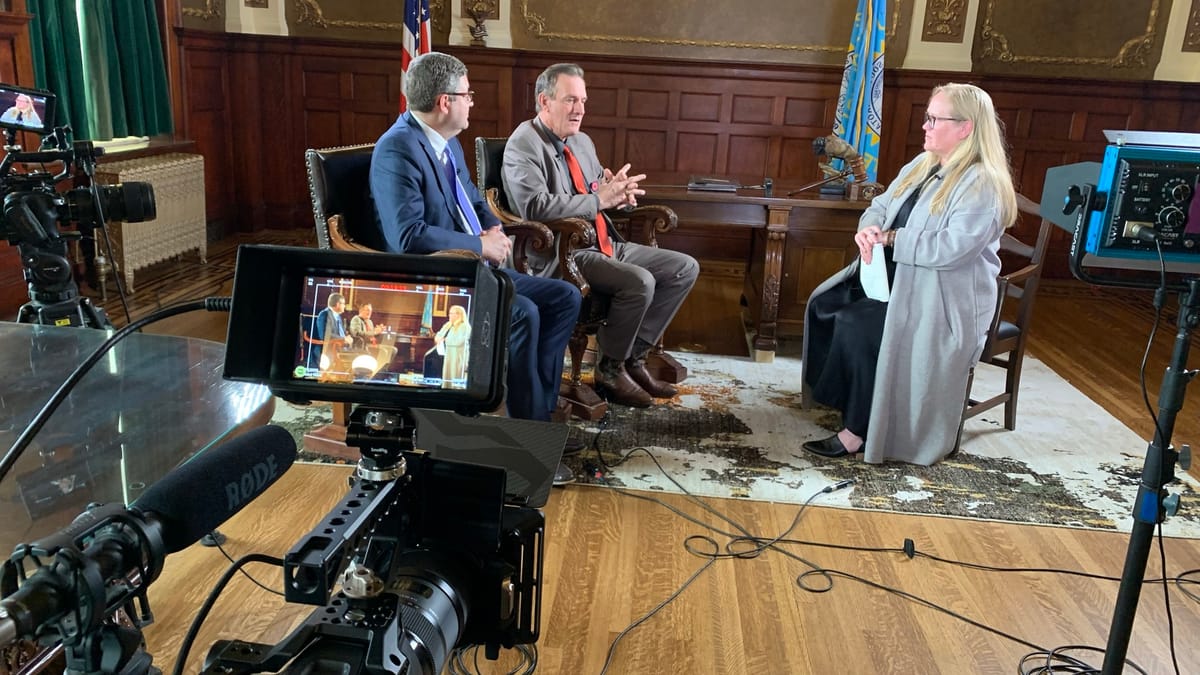
“There are a bunch of questions about how we will physically operate without the CPB," Howlett said. "The public broadcasting system can continue to move forward and broadcast without the Corporation for Public Broadcasting. But it is going to be a very tumultuous 12 months while the new format of public broadcasting gets figured out."
Public radio stations will need to get creative over the next few months, he said.
"We're not going to leave any method off the table. We're not going to leave any revenue method unturned," Howlett said. "We still believe that we're vital to the media ecosystem of South Dakota. We are going to rely on our corporate partners for support and we're going to continue to ask for the support of our donors."
The Associated Press contributed to this story that was produced by South Dakota News Watch, an independent, nonprofit organization. Read more stories and donate at sdnewswatch.org and sign up for an email for statewide stories. Investigative reporter Molly Wetsch is a Report for America corps member covering rural and Indigenous issues. Contact her at molly.wetsch@sdnewswatch.org.

